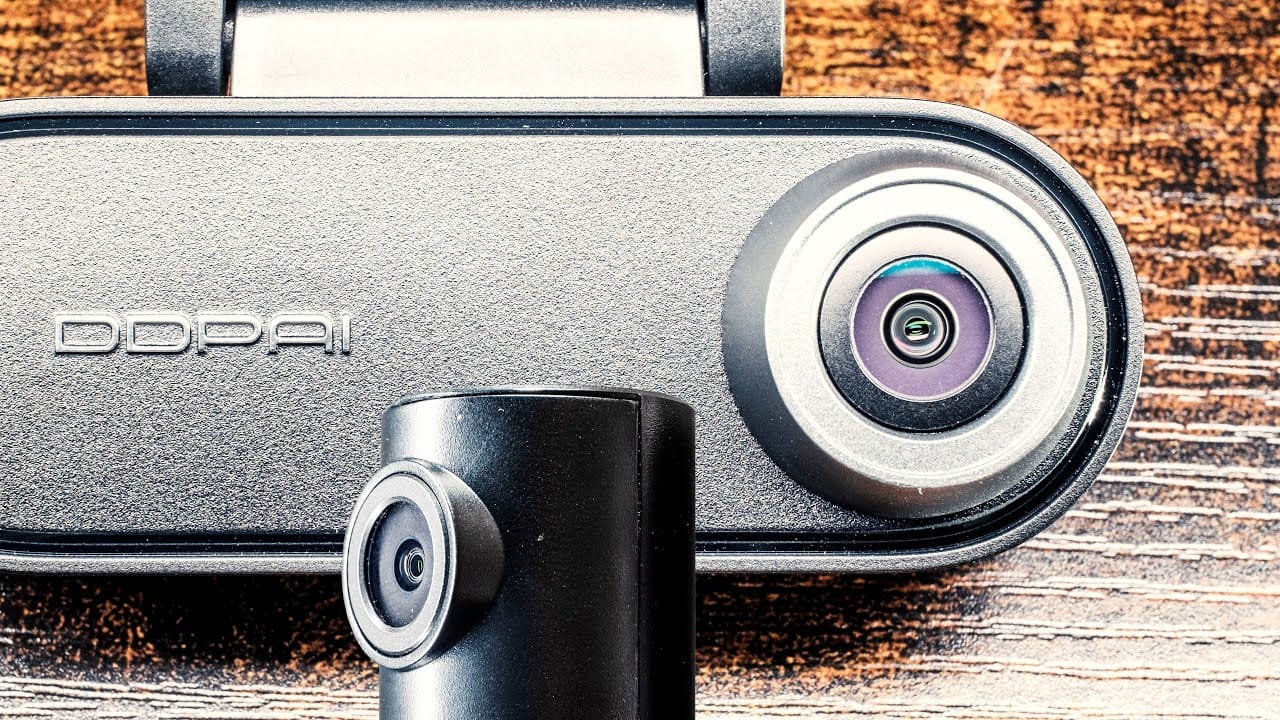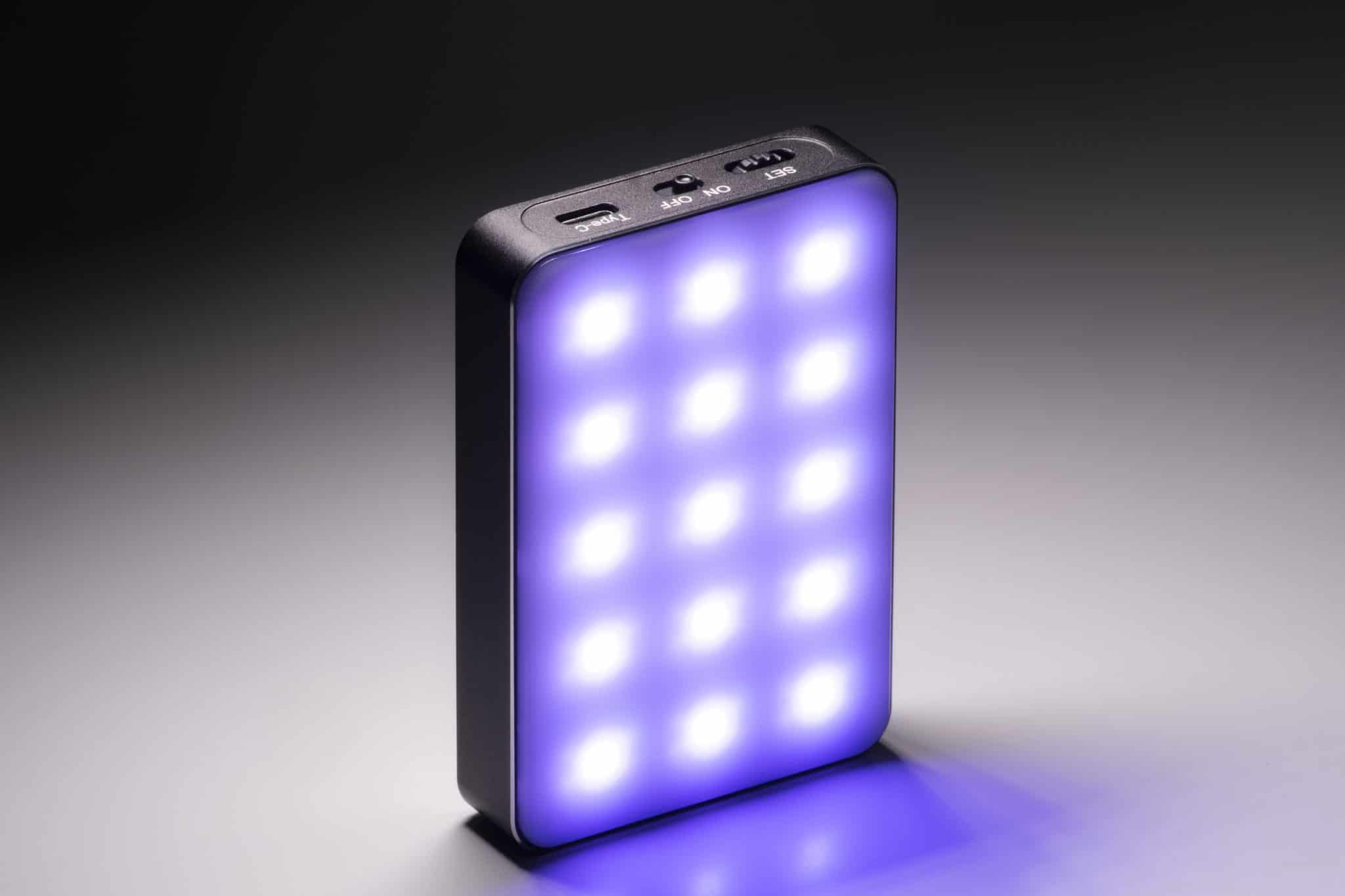UPDATE: You can watch our review HERE!
It is finally here: The new Fujifilm X-H1! We just recently released our review of the X-T2 after using it for over nine months on a daily basis to shoot commercial video productions. The main features that excite us: IBIS (internal stabilization), Cinema 4K (4096×2160), 120 frames per second in Full HD (1920×1080) and F-Log (flat picture profile).
You can now download a few clips I shot using the Eterna Film Simulation and Fuji’s flat picture profile called F-Log.
DOWNLOAD X-H1 SAMPLE VIDEOS!
In the next few days I will already be using the X-H1 on two commercial productions and record in F-Log and the flat Eterna Film Simulation. Luckily the footage can be recorded with up to 200Mbps in 4K which is a big plus compared to other cameras like the X-T2 or the Sony A7S II which records S-Log only with a bitrate of 100Mbps which can be tricky when grading the clips.
The photo below show the bigger X-H1 with the dedicated battery grip and the smaller X-T2 also with battery grip. Even though the X-H1 is bigger it feels pretty light and not heavy at all.
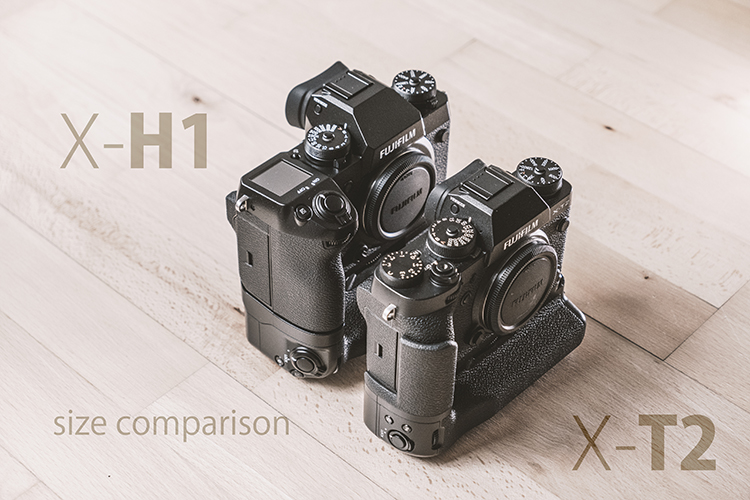
The camera is clearly made for video professionals which is also visible in the menu that has much more settings for video than the X-T2 which was Fujifilm’s first real attempt to win over filmmakers. When shooting with the Eterna picture profile the camera’s native ISO is 800 which is a common number among professional cinema cameras. This gives you the highest dynamic range possible with the X-H1. The dynamic range can be set to 100, 200 or 400. Additionally highlights, shadows, sharpness and color can be adjusted in the movie menu as you can see on the photo below.
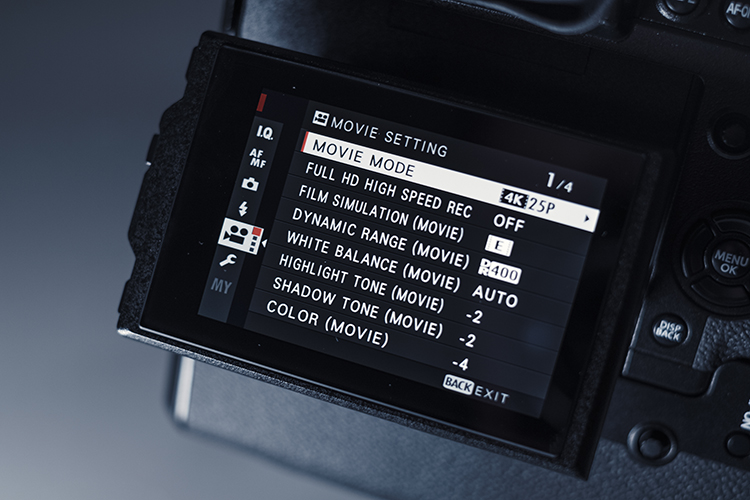
The mirrorless camera also has a touch screen which can for example be used to drag around the focus spot. Unfortunately the touch function is disabled when going through the regular menu but works when recording video which is a bit weird. A new screen has been put on top of the grip to see the battery status, remaining shooting time and other settings. The screen is even on when the camera itself is turned off which is pretty cool.
We will be testing the Fujifilm X-H1 over the next few days and weeks and will constantly update this blog post with photos and video samples!
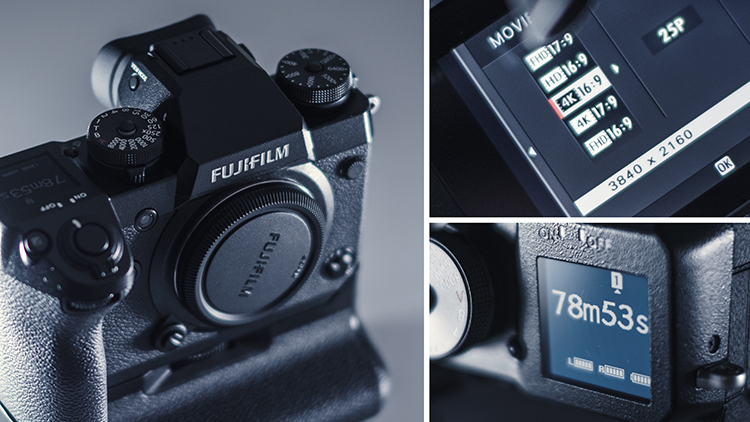
Written by filmmaker Moritz Janisch on March 7, 2018
